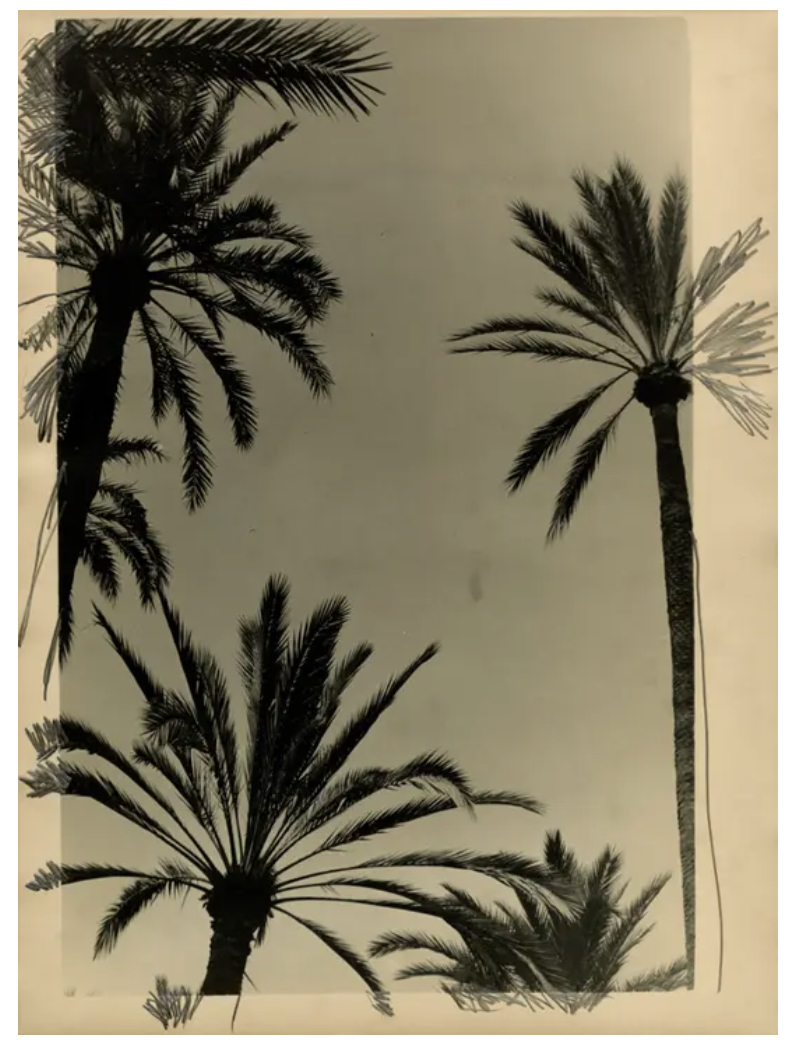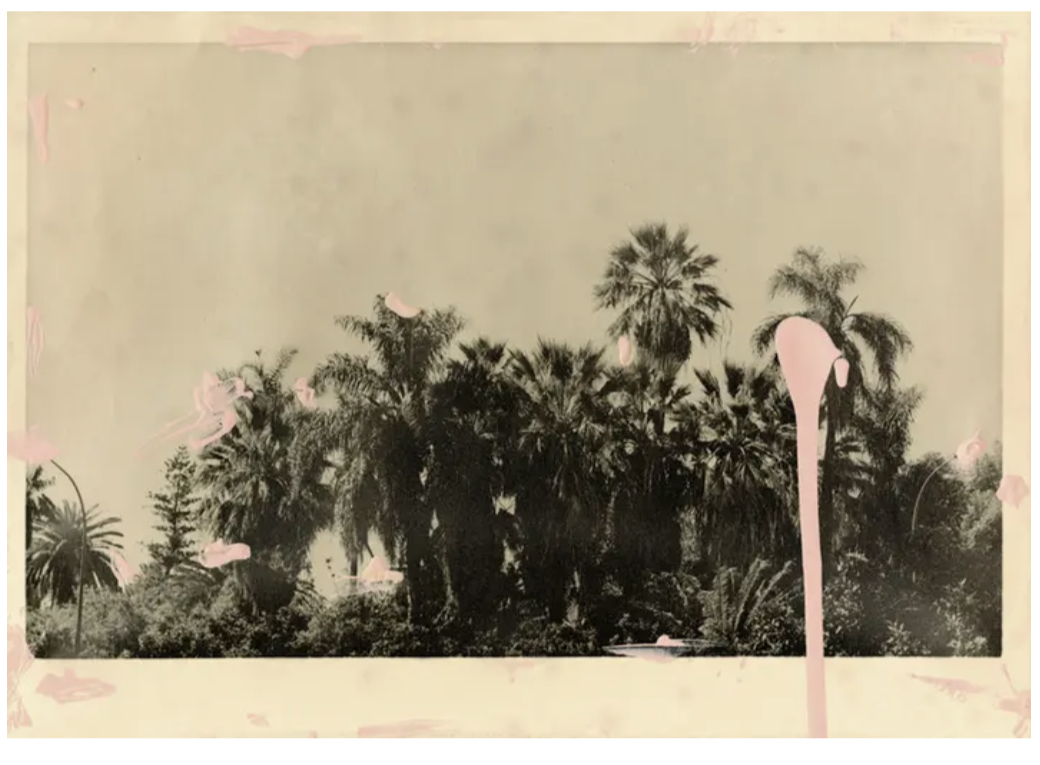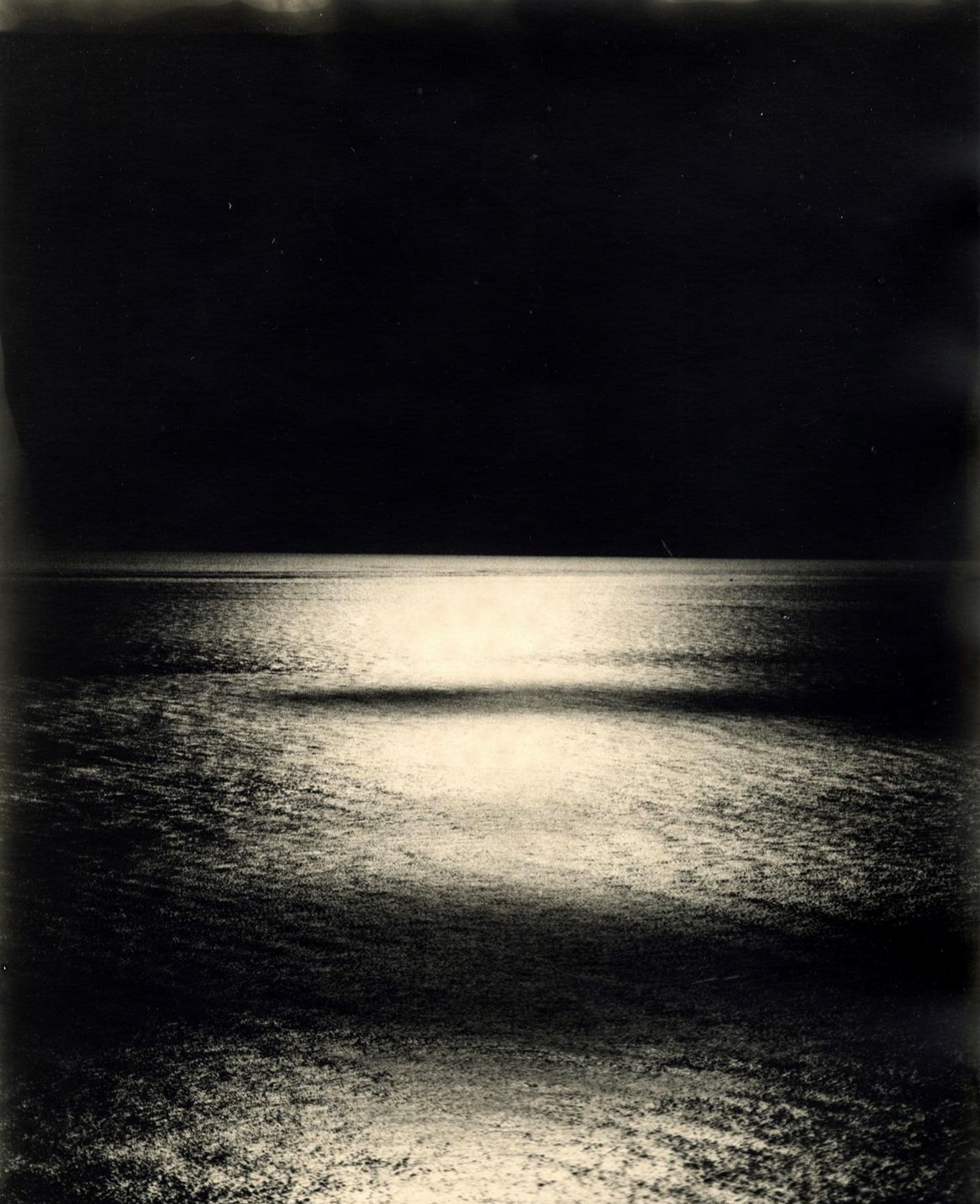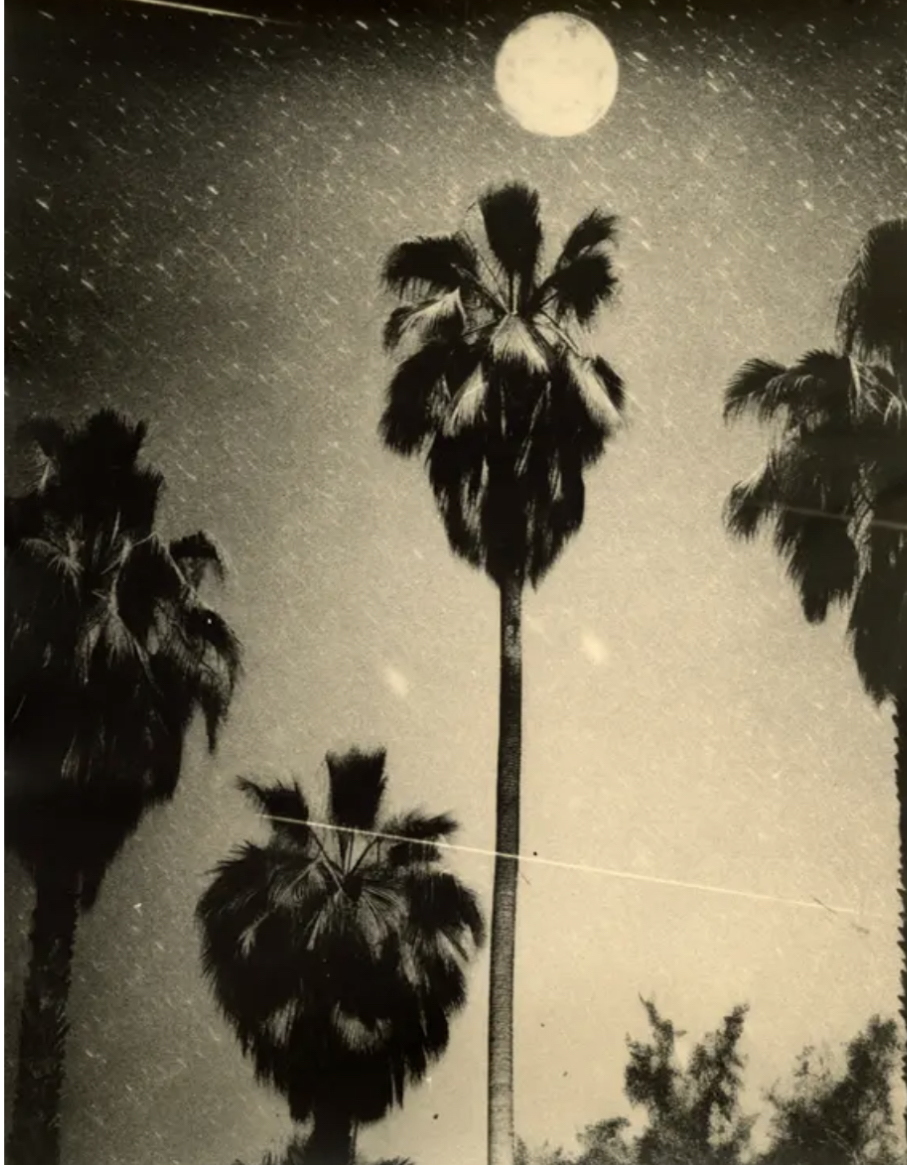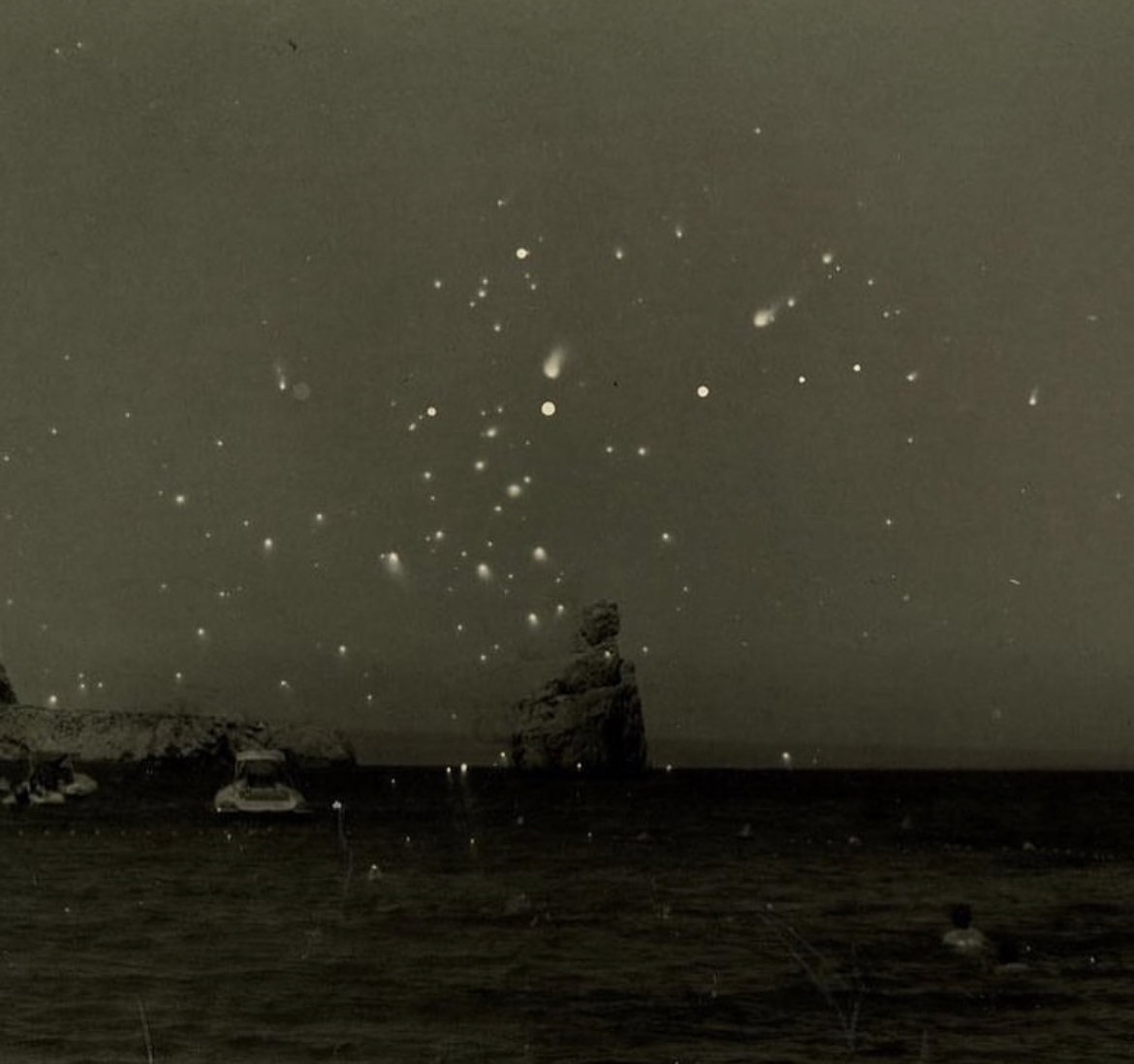El “don” de ver donde los demás no pueden hacerlo.
The «gift» of seeing where others can’t.
Una vez cuando era pequeña vino a mi colegio un escritor bastante reconocido. Las charlas que estaba dando eran dividas en grupos de edades diferentes en horario distintos y por lo tanto, había estado todo el día entre niños y niñas de primaria. Cuando nos tocó a mi clase, nos comentaba que una niña le había dicho que se había fijado en un detalle que nadie había visto y que le había inspirado para escribir sobre ello. Este escritor le dijo que nos todos ven lo que está disponible sino aquello que sus ojos pueden reconocer y tener la oportunidad de ser visto. Este autor defendía a toda costa el hecho único de compartir lo que se guarda dentro de uno mismo y llegamos a considerar especial, ya fuera escribiendo o de cualquier otra forma. Una metáfora que sigo recordando aunque hallan pasado años y es cierta, no somos capaces de ver todo sino aquello que estamos preparados para percibir.
Algo parecido ocurre con la fotografía analógica en carrete, cuando estudiaba cómo se revelaban las fotos y la increíble magia que es ver una foto en el ácido de revelado y cómo va apareciendo todo el papel fotográfico. Nunca sabias 100% que iba a verse, a veces el carrete se podía quemar o salir en negro pero el resultado en la mayoría de las ocasiones superaba las expectativas esperadas.
Cuando vi en el perfil de Instagram de Bruno V Roels, me quedé asombrada me recordaba a mis años de fotografía y de dibujo. Bruno combina una fotografía analógica en tonos sepia con sutiles colores que juegan a colorear algunos elementos en la imagen creando una estética única. Lo que me hace destacar de sus fotografía es el gran trabajo de sombras y de luces, cómo ilumina y a su vez desenfoca dándoles un efecto que parece que hubieran estado guardadas 50 años.
Destacando en su simbólica la temática focalizada en los parajes paradisiacos de palmeras, todo un misterio para aquel que los mira y Bruno le torna históricamente un mensaje personal para transmitir su propia visión al mundo. Ya que cada mensaje ofrecido por este artista no deja indiferente a nadie, no todo lo que ves es lo que parece ser sino que ofrece un gran mensaje fuera de lo común.
Y, es que son los ojos de Bruno los que la convierte la fotografía en arte.
When I was a little girl, a well-known writer came to my school. The talks he was giving were divided into different age groups at different times and therefore, he had been all day among primary school boys and girls. When it was my class’ turn, he told us that a girl had told him that she had noticed a detail that no one had seen and that had inspired him to write about it, this writer told her that not everyone sees what is available but what their eyes can see and defended the unique fact of sharing what you have inside and is special, either by writing or in any other way. A metaphor that I still remember even though years have passed and it is true, we are not able to see everything but what we are prepared to perceive.
Something similar happens with analog film photography, when I studied how photos were developed and the incredible sensation of seeing a photo in the developing acid and how all the photographic paper appears. You never knew 100% what you were going to see, sometimes the film could burn or come out black, but the result in most cases exceeded the expected expectations.
When I saw on Bruno V Roels’ Instagram profile, I was amazed it reminded me of my years of photography and drawing. Bruno combines an analog photography in sepia tones with subtle colors that play coloring some elements in the image creating a unique aesthetic. What makes me stand out in his photographs is the great work of shadows and lights, how he illuminates and blurs them giving them an effect that looks like they have been stored for 50 years.
The symbolism of his symbolism stands out in the thematic focused on the paradisiacal landscapes of palm trees, a mystery for those who look at them and Bruno historically turns them into a personal message to transmit his own vision to the world. Since every message offered by this artist leaves no one indifferent, not everything you see is what it seems to be but offers a great message out of the ordinary.
No one would say that this nature is from now but it is Bruno’s eyes that turn the photograph into art.
Alejándose de la tiranía de los objetivos fotográficos
Getting away from the tyranny of viewfinders
Sobre Bruno V. Roels (1976) vive y trabaja en Gante (Bélgica).
El artista conceptual estadounidense Baldessari advirtió contra la «tiranía de los visores de las cámaras y las cajas rectangulares de papeles de ampliación». Tenía razón: gran parte de la fotografía se define por la cámara utilizada, la película (o tecnología) de esa cámara y el papel en el que se imprimen las fotografías. Bruno V. Roels se sintió frustrado y empezó a buscar formas de sacar más partido al proceso. No sólo para ser «diferente», sino para escapar de «la tiranía» de la fotografía normal. Roels descubrió que el propio acto de revelar e imprimir fotografía analógica ofrece infinitas formas de ser libre, artísticamente.
About Bruno V. Roels (1976) lives and works in Ghent (Belgium).
The American conceptual artist Baldessari warned against the “tyranny of camera viewfinders and rectangular boxes of enlarging papers”. He had a valid point; a lot of photography is defined by the camera used, the film (or technology) in that camera, and the paper the photographs are printed on. Bruno V. Roels was frustrated by this and started researching ways to get more out of the process. Not just to be ‘different’ but to get away from ‘the tyranny’ of normal photography. Roels found that the very act of developing and printing analogue photography offers endless ways to be free, artistically.
Todas las huellas tienen valor
All prints have value
En lugar de preocuparse por hacer la impresión perfecta en gelatina de plata, por ejemplo, Roels se dio cuenta de que todas las versiones impresas de una imagen tienen valor, y decidió no mostrar esa única impresión perfecta, sino todas ellas, en una sola composición. Algunas de sus composiciones consisten en cientos de variaciones de un único negativo, todas ellas impresas en el cuarto oscuro.
La fotografía es un arte mimético, imita la vida. Pero Roels va más allá: al imprimir variantes de una misma imagen, crea un bucle de retroalimentación mimética. Las impresiones no son sólo interpretaciones de una realidad, sino también de sí mismas.
Para dejarlo bien claro, Roels utiliza a menudo fotografías de palmeras. Está trabajando en una serie cada vez mayor llamada «Una palmera es una palmera es una palmera».
Utiliza la imagen icónica de una palmera (cualquier palmera) para demostrar su punto de vista. Todas las palmeras se parecen y, como símbolo, son muy reconocibles. Históricamente están relacionadas con la victoria, el triunfo, la resistencia, la religión, la hospitalidad, la riqueza, el lujo, las vacaciones, el paraíso. Las palmeras tienen significado en todas las culturas.
Pero las palmeras, al igual que las fotografías, no son de fiar. Una palmera en Mónaco (Francia) no cuenta la misma historia que su homóloga en las calles desgarradas por la guerra de Faluya (Irak). O pensemos en la reciente ocupación de Palmira, la antigua ciudad de Siria, por la organización terrorista Estado Islámico. El simbolismo abunda.
Al utilizar fotografías de palmeras, Roels hace muy tangible la idea de copia, imitación y representación (todas ellas parte del tejido mismo de la fotografía). No se trata sólo de un ejercicio visual, sino que también tiene fuertes ramificaciones semánticas, filosóficas e incluso antropológicas.
Su intención es llevar esta investigación aún más lejos. Como las palmeras son tan reconocibles, es libre de deconstruir sus propias nociones de la fotografía, al tiempo que intenta alejarse de la «tiranía de los visores de las cámaras y las cajas rectangulares de papeles de ampliación».
Instead of fussing over making the perfect gelatin silver print, for example, Roels realized that all printed versions of an image have value, and he decided to not show that one perfect print, but all of them, in one composition. Some of his compositions consist of hundreds variations of one single negative, all printed in the dark room.
Photography is a mimetic art, it imitates life. But Roels pushes it further: when printing variants of one image; he creates a mimetic feedback loop. The prints are not just interpretations of a reality, but of themselves as well.
To make that very clear Roels often uses photographs of palm trees. He’s working on a growing series called ‘A Palm Tree Is A Palm Tree Is A Palm Tree’.
He uses the iconic image of a palm tree (any palm tree) to prove his point. All palm trees look alike, and as a symbol the plants are highly recognizable. Historically they’re connected to victory, triumph, endurance, religion, hospitality, wealth, luxury, vacation, paradise. Palm trees have meaning across cultures. But palm trees, just like photographs, are not to be trusted. A palm tree in the Monaco, France does not tell the same story as its counterpart in the warn-torn streets of Fallujah, Iraq. Or just think about the recent occupation of Palmyra, the ancient city in Syria, by the terrorist organization Islamic State. Symbolism abounds. By using photographs of palm trees, Roels makes the idea of copying, mimicking and representation (all part of the very fabric of photography) very tangible. It’s not just a visual exercise; it has strong semantic, philosophical, even anthropological, ramifications as well.
He plans to take this research even further. Because palm trees are so widely recognizable, he’s free to deconstruct his own notions of photography, while trying to get away from the “tyranny of camera viewfinders and rectangular boxes of enlarging papers”


